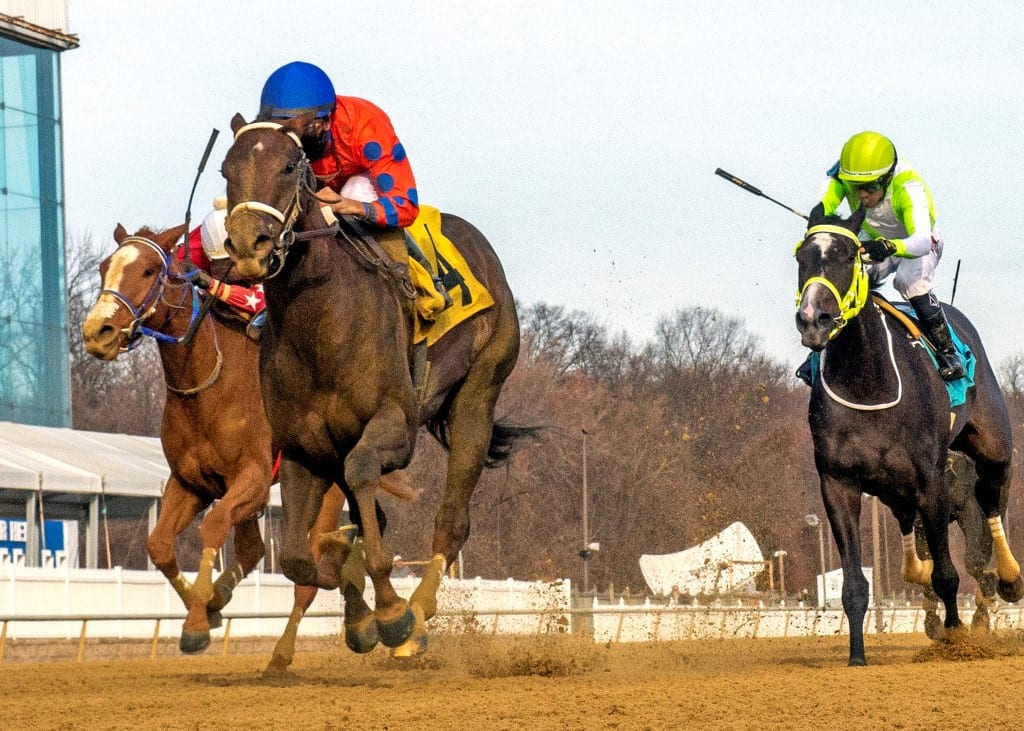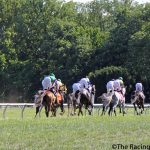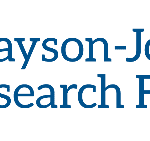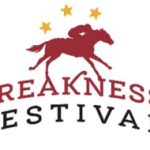ARCI: MOST POSITIVES THERAPEUTIC OVERAGES

US racing commissions sent 263,783 biological samples from horses participating in professional horse races to the testing laboratories.
Of those tests there were 1,461 adverse analytical findings accounting for 0.55% of all samples. Fully 99.45% of samples tested were clear, indicating a high degree of compliance with anti-doping and medication rules based upon known information and data..
- April Midlantic stakes schedule
 Which stakes are taking place this month around the Mid-Atlantic? Answers within.
Which stakes are taking place this month around the Mid-Atlantic? Answers within.
Of the adverse analytical findings, approximately 3% were clear attempts at doping, as the substance detected had no reason to be present in the horse other than to provide a maximum enhancement of performance. Class 2 substances considered the next most serious level of substances that can affect performance accounted for 6.09% of all findings. Class 1 and Class 2 substances are generally considered “doping” and together they account for 9.03% of all 2019 detections.
As in prior years, the overwhelming substance detections (69.75%) involved therapeutic medications (Class 4 and 5 substances) that may affect performance to a lesser extent, but are still not permitted to be present in a horse when it races. With the exception of race day furosemide to mitigate or prevent bleedings, horse racing does not permit use of these substances with a therapeutic use exemption as defined in the World Anti-Doping Code.
A total of 21.83% of the detections involved Class 3 substances. These have a greater ability to affect performance and contain substances which may be therapeutic as well as those that might indicate a deliberate attempt to cheat.
This information represents the official testing results from all horse racing US jurisdictions, except Maine which did not respond to repeated requests for information.
Like the testing results in human and Olympic sport, these numbers should not lessen the resolve of the sport and its regulators to pursue substances that the labs are unable to test for. This is an ongoing challenge for the anti-doping programs in all professional sport and underscores the need for intelligence based efforts in this regard as well as intelligence based out of competition testing.
LATEST NEWS














